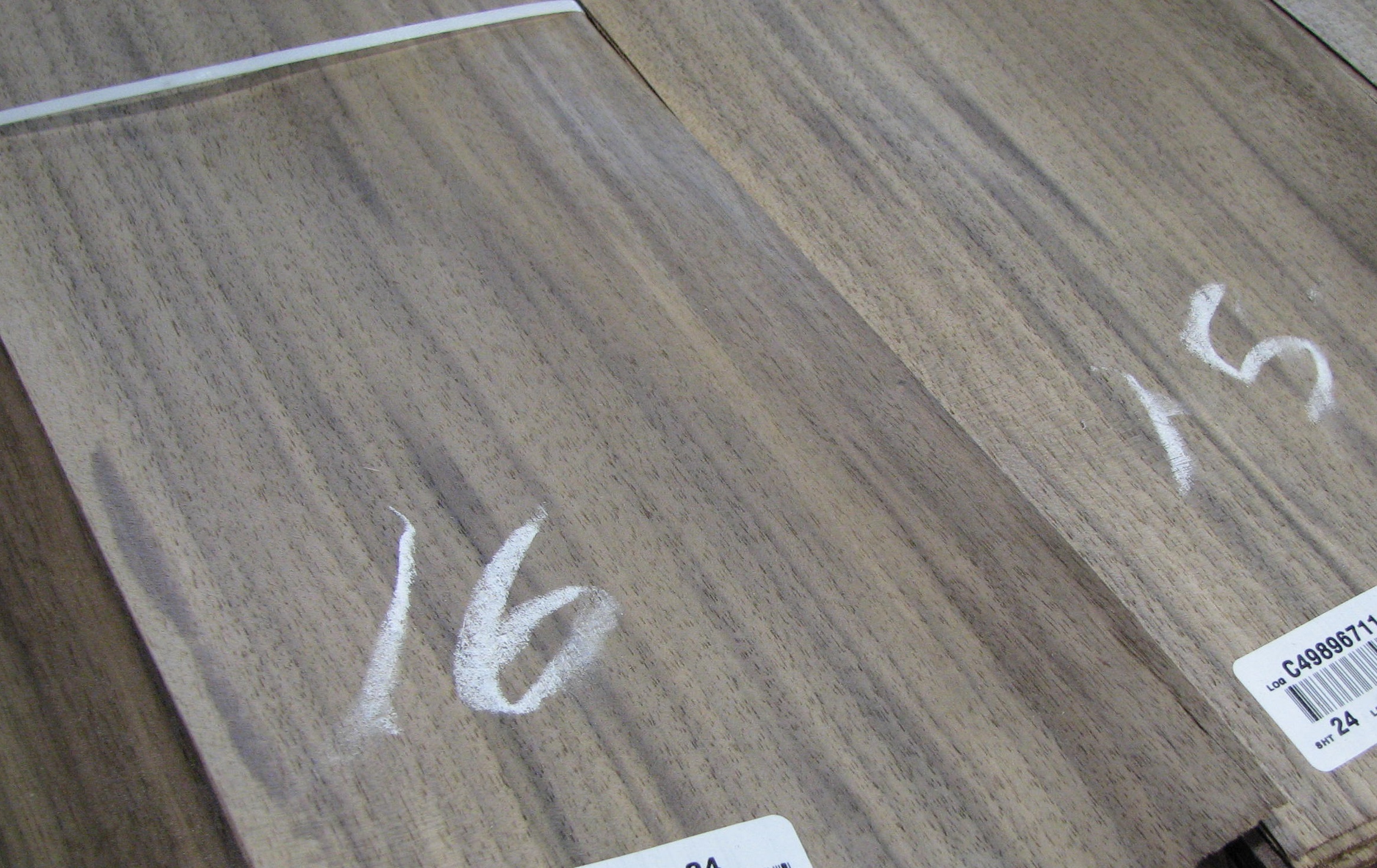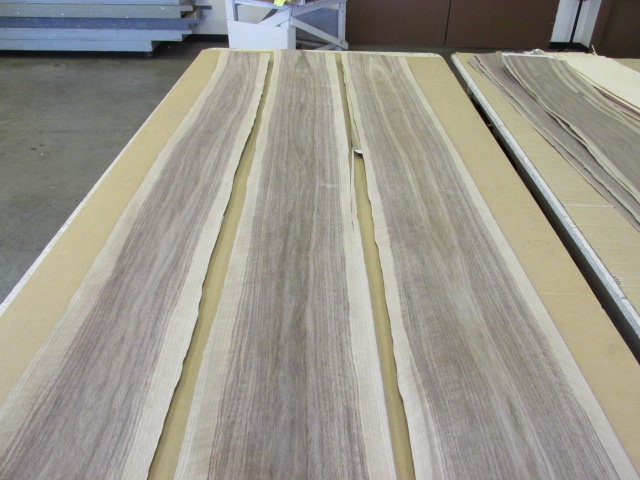
Woodworking Network– Wood veneer seems like a very straightforward product, said Ezra Drissman of D & E Wood Products.
Drissman said that veneer is easy to define: A thin-sliced wood that can range from 1/16th thick to 1/42 inch. But it can be challenging to use for woodworkers.
“This product can be one of the most frustrating and infuriating products for cabinetmakers, designers and woodworkers,” he said. “I had a very seasoned cabinetmaker tell me that he switched away from wood veneer to reconstituted veneer completely, it was just too much of a hassle.
“The first step to buying veneer is to identify what form you need the veneer,” Drissman said. “Don’t think that paperback is the (best choice) or even the cheapest route, or vice versa. It is all dependent on what you are making. You have options, let’s explore them.

Raw veneer is great for inlay, and for veteran woodworkers who can handle the fragility and natural expansion and contraction of wood, Drissman said.
Paperback veneer can be a wonderful product for smaller pieces and curved pieces.
“In an ideal world, it should be done using a vacuum bag with a 10 mil backer,” he said. “Generally, you are limited to 4 x 8 foot and 4 x 10 foot. Paperback makes the sheet more stable and easier to work with.
Wood on wood veneer is extremely stable and is the ideal backer if you use contact cement, Drissman said. Contact cement is widely used. If you use it and get frustrated with bubbles, try switching to wood balanced veneer for a better result.
Plywood paneled veneer is often misunderstood and can often times be less expensive that trying to use sheet veneer.
“If you are using full sheets 4 x 8 feet then consider getting quotes on veneer that is pressed only (onto) a core material. The glue used in this process generally cures over time and makes for a much better bond of the veneer to the substrate.
Finally, cut-to-size panels are a great resource for anyone who needs perfection.
“Let’s pretend you have a room with different panel sizes, large, small and a door that stuck right in the middle,” Drissman said. “Your client chose a specific species or log and wants the entire grain to match. This is where you need cut-to-size custom-made panels. I am sure that the overall cost of having these made will be less than trying to do this job out of paperback sheets.”
When in doubt, ask your veneer supplier for help.




